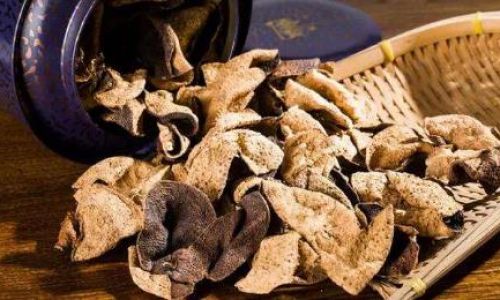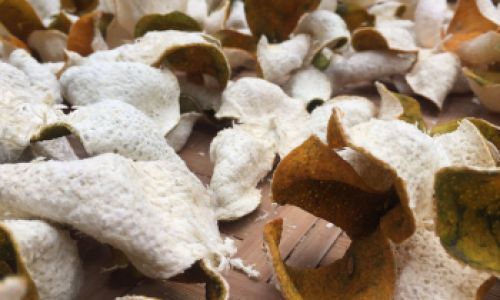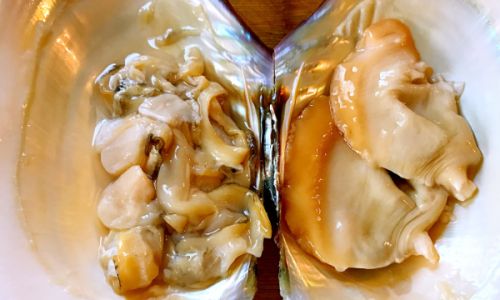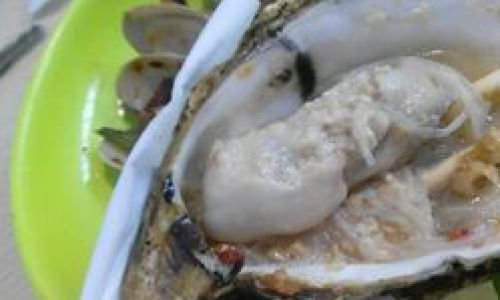Introduction
Tangerine peel, or Chenpi in Traditional Chinese Medicine (TCM), is a revered ingredient prized for its culinary versatility and therapeutic properties. Dating back centuries, the process of sun-drying tangerine peel transforms a simple citrus byproduct into a aromatic, shelf-stable treasure. This article delves into the intricate steps, scientific principles, and cultural significance of sun-drying tangerine peel, offering a roadmap for enthusiasts seeking to master this age-old craft.
Historical and Cultural Context
The practice of sun-drying tangerine peel originated in China’s Guangdong Province, where warm, humid climates provided ideal conditions for preservation. Ancient texts like the Compendium of Materia Medica (Ben Cao Gang Mu) extol its benefits, noting its ability to aid digestion, alleviate coughs, and harmonize the body’s qi. Today, sun-dried tangerine peel remains a staple in TCM, herbal teas, and gourmet dishes, bridging tradition and modernity.

The Science Behind Sun-Drying
Sun-drying is a natural preservation method that leverages three factors: ultraviolet (UV) radiation, heat, and airflow. UV light destroys microorganisms, while heat evaporates moisture, and airflow prevents mold growth. Tangerine peel, composed of 80% water, volatile oils, and flavonoids, undergoes a metamorphosis during drying—its enzymes stabilize, and its signature aroma intensifies.
Step-by-Step Guide to Sun-Drying Tangerine Peel
Selecting the Right Tangerines
Not all tangerines are created equal. Opt for mature, organic fruit with thin, aromatic peels. Varieties like Citrus reticulata (Mandarin oranges) or Citrus unshiu (Satsuma mandarins) are ideal due to their high essential oil content. Avoid waxed or chemically treated peels, as residues can impair drying and safety.
Preparing the Peels
- Washing: Rinse tangerines under cool water to remove dirt. Gently scrub with a soft brush if necessary.
- Peeling: Use a sharp knife to score the peel into quarters, then carefully remove it without digging into the pith (the white inner layer). Retain the pith, as it contains beneficial compounds like hesperidin.
- Slicing: Cut peels into uniform strips (0.5–1 cm wide) to ensure even drying. Thinner slices dry faster but may lose volatile oils; thicker slices require more time but preserve flavor.
Initial Blanching (Optional)
Some practitioners briefly blanch peels in boiling water (1–2 minutes) to:
- Soften the peel for easier slicing.
- Reduce bitterness.
- Kill surface bacteria.
Drain thoroughly and pat dry with a clean cloth before proceeding.
The First Drying Phase: Indoor Wilting
Lay peels in a single layer on bamboo trays or mesh screens. Place them indoors in a well-ventilated area away from direct sunlight for 24–48 hours. This step:
- Reduces initial moisture content.
- Prevents sun scorching.
- Allows enzymes to begin breaking down cellular structures, enhancing flavor.
Sun-Drying: The Critical Phase
Weather Conditions:
- Choose a sunny day with low humidity (below 60%).
- Avoid windy days, as dust and debris can contaminate peels.
- Optimal temperature range: 25–35°C (77–95°F).
Setup:
- Use stainless steel or food-grade plastic trays. Avoid metal, which can react with citrus acids.
- Elevate trays 30–50 cm above the ground to improve airflow and deter pests.
- Cover with cheesecloth or mosquito netting to protect from insects.
Drying Process:
- Morning Session (8–11 AM):
- Place peels outdoors.
- Flip every 2 hours to prevent sticking.
- Midday Break (11 AM–2 PM):
Retreat peels indoors during peak sun to avoid overheating.

- Afternoon Session (2–5 PM):
Resume drying, flipping hourly.
Monitoring Moisture Content
Tangerine peel is adequately dried when:
- It cracks easily when bent.
- Moisture content drops to 8–12% (measurable with a hygrometer).
- Aroma intensifies without a raw, citrusy tang.
Curing and Aging
Freshly sun-dried peel is harsh and astringent. Age it in airtight containers for 6–12 months to mellow its flavor. Store in a cool, dark place, and “wake” the peel monthly by airing it briefly.
Troubleshooting Common Issues
- Mold Growth: Discard affected peels. Improve airflow and reduce humidity.
- Uneven Drying: Rotate trays frequently and shield peels during midday sun.
- Insect Infestation: Freeze peels for 48 hours post-drying to kill larvae.
- Bitter Taste: Reduce pith thickness or shorten sun-drying time.
Storage and Shelf Life
Store sun-dried tangerine peel in:
- Glass jars with tight-fitting lids.
- Vacuum-sealed bags.
- Ceramic containers with silica gel packets.
Properly dried peel retains potency for 3–5 years, with flavor peaking at 2–3 years.
Creative Uses of Sun-Dried Tangerine Peel
- Culinary Applications:
- Brew into tea with ginger or honey.
- Infuse into soups, stews, or braised dishes.
- Grind into spice blends for roasted meats.
- Wellness Remedies:
- Simmer with chrysanthemum flowers for a soothing tea.
- Combine with honey to soothe sore throats.
- Add to bath salts for an aromatherapeutic soak.
- Household Uses:
- Deodorize refrigerators by placing peels in a bowl.
- Polish wooden furniture with a peel-infused oil.
Conclusion
Sun-drying tangerine peel is a dance of patience, precision, and respect for nature’s rhythms. From selecting the perfect fruit to aging the peel to perfection, each step honors a legacy of herbal wisdom. Whether you’re a TCM practitioner, a chef, or a curious home cook, mastering this art empowers you to preserve a piece of cultural heritage while reaping the rewards of a versatile, health-boosting ingredient. So, the next time you peel a tangerine, remember—you hold in your hands not just a snack, but the seed of a timeless tradition.





0 comments